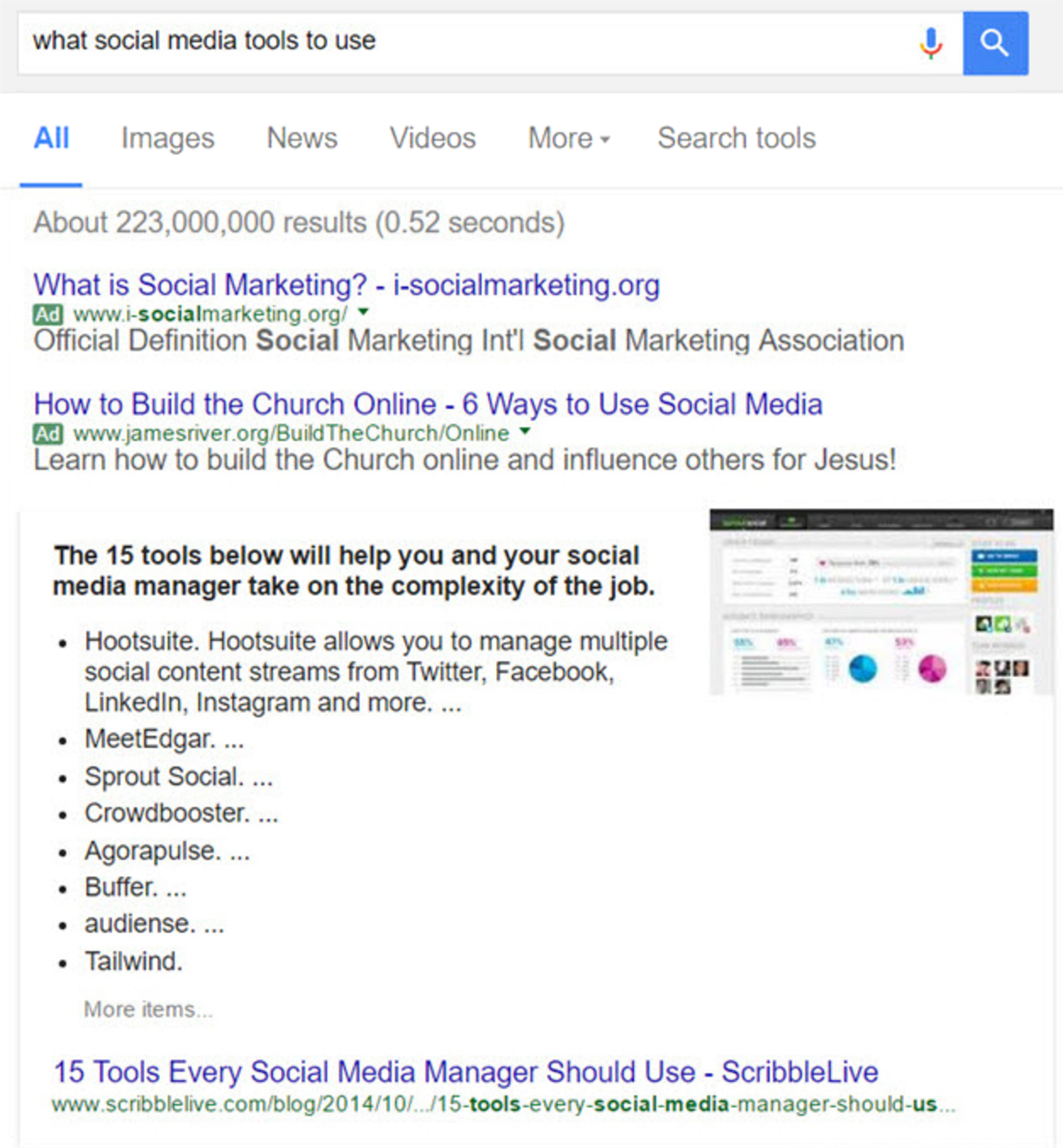It’s 2017, and SEO has become a lot different than what it used to be just a few years ago.
Are you 100% sure that you know what works for SEO in 2017? And how you can optimize your website for search engines effectively nowadays?
If your answer isn’t a solid yes, you may be missing out on a lot of good opportunities. When your potential customers search for your business, and you don’t show up, then that’s a huge loss and something to be worried about.
But how has SEO changed over the past few years?
If we have to put it in very simple terms, we’d say that SEO is now much more semantic and contextual in nature. Moreover, it now focuses on user engagement and user experience a lot more than it used to.
If you are not focusing on these particular aspects, you are unlikely to appear on Google’s top search engine result pages.
In this blog post, we highlight many proven SEO methods that will help you get better at search engine optimization in 2017 and beyond.
Let’s begin.
RankBrain and Its Impact on the Search Engine Optimization World
RankBrain has forever changed the way websites are optimized for search engines. Instead of focusing on keywords and keyword stuffing, SEO experts now need to focus a bit more on what their users need, want, and intend.
In simpler words, you need to know who your potential customers (search engine users) are and what they want. More importantly, you need to understand their intent — right from identifying the keywords they’d use to how they’d interact when they land on one of your web pages.
In case you don’t know much about RankBrain, it is part of Hummingbird — a Google algorithm. It is a machine-learning Artificial Intelligent system that helps Google process search engine results.
For more details on RankBrain, read the FAQs of Google RankBrain by Search Engine Land.
Contextualization of Keyword Research

One tried and tested method of keyword research is to start with Google Keyword Planner. There is nothing wrong about it, but the problem is that most SEO professionals don’t go beyond it.
While the Google Keyword Planner is a good place to start, it shouldn’t be the only tool you use. Instead, your focus should be on finding the words, phrases, and sentences that your users are actually using on a daily basis to search for your product or service.
There are two ways to find such contextualized keyword phrases:
Visit online forums, Quora, Reddit, Facebook, Twitter, etc. to see how your potential customers usually talk when they are searching for a related product or service. What questions are they asking? What language and keyword phrases are they using? Those are real-life examples — much more relevant than what a software like Google Keyword Planner can provide.
Create audience personas and profiles that will help you better understand them and, therefore, the keyword phrases and language they use.
Improve User-Engagement and Website Experience
What happens when you successfully nail down the keywords and phrases your potential customers use?
They find your website in search engine results pages and land on your website. Great!
But then what?
One of the biggest differences between traditional SEO and modern-day SEO is that the traditional SEO would have ended at this stage. However, in today’s digital marketing world, a major component of SEO begins from here onwards.
After making them visit your website, you also need to keep them glued to your website. Engage them with amazing content, a great website structure, and encourage them to visit more of your webpages. If you fail at it, you may lose valuable rankings in Google.
Here are a few things you need to consider at this stage:
Make sure that the keywords you identified earlier — the keywords and phrases visitors used to find your website in the SERPs — are easily available on the page they land. It becomes all the more important if it is a landing page. Otherwise, you will get a high exit rate, which Google hates.
Use anchor texts that are descriptive and self-explanatory. Descriptive anchor texts — instead of ‘Click Here’ — not only improves the quality of backlinks you get but also plays a major role in decreasing bounce rate and exit rate.
Create a good website structure that is easy to navigate. A poor website design leads to higher bounce rates, which results in lower search engine rankings.
Create a safe and secure website with HTTPS. HTTP is getting obsolete and is now being replaced by HTTPS. Google has officially confirmed that HTTPS websites will be prioritized in search engine rankings. As per data findings by matthewbarby.com, 33% of all sampled websites that ranked on Google’s 1st, 2nd, and 3rd positions in the SERPs were using HTTPS.
Optimizing Search Engine Result Snippet
Another very important factor in today’s modern SEO is the optimization of the search engine result snippet. There are now multiple ways a web result can appear in the SERPs. So try to make yours as eye-catching as you can.
For instance, you can enhance your search engine result snippet by adding markups using schema.org. Rich and enhanced snippets look much more attractive and command a higher CTR.

Additionally, don’t forget to create interesting, helpful, and engaging meta titles and meta descriptions for your search engine snippets. These tags not only need to be engaging, but they must also truly reflect what search engine users would find on your website. It reduces surprises, which results in a higher on-page time.
Focus on Mobile Devices
Last, but not the least, you need to put “mobile” ahead of your site’s desktop version. As you must know that Google is planning to launch a separate mobile-first index for its search engine results. This new index will work independently from the existing (desktop) index. Also, over time, it will become the primary index.
What it means is that optimizing your website for mobile should be your #1 priority. Otherwise, Google will never rank your website on top.
Here are a few steps you can take to ensure you are ready for it.
Create a fully-functional responsive website.
Take a shot at Google AMP. In case you don’t much about it, here is a beginner’s guide to AMP for you.
Speed up your website loading time on mobile devices. It shouldn’t take more than 2-3 seconds for your website to load on any mobile device.
Go easy on advertisements that ruin user-experience.
Final Words
SEO has changed drastically over the past few years. However, it is still as important as it used to be — if not more.
Use all the tips mentioned in this blog post to effectively optimize your website for search engines in 2017. If you have any questions, let us know.
